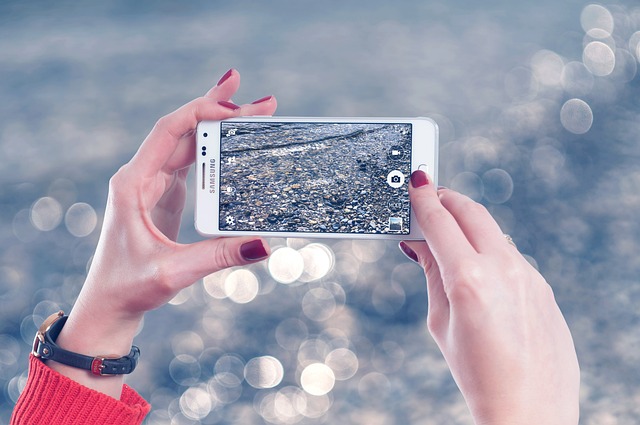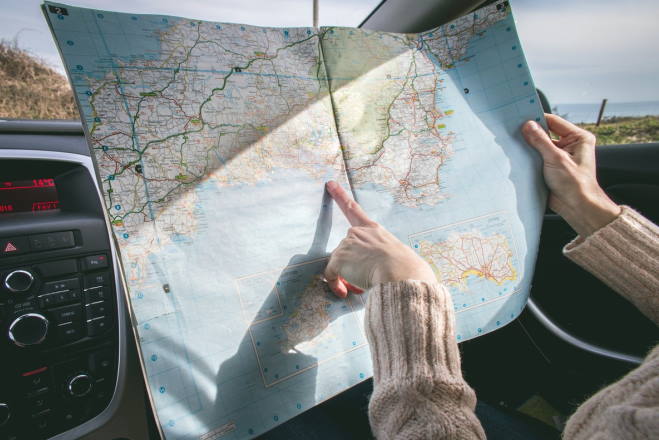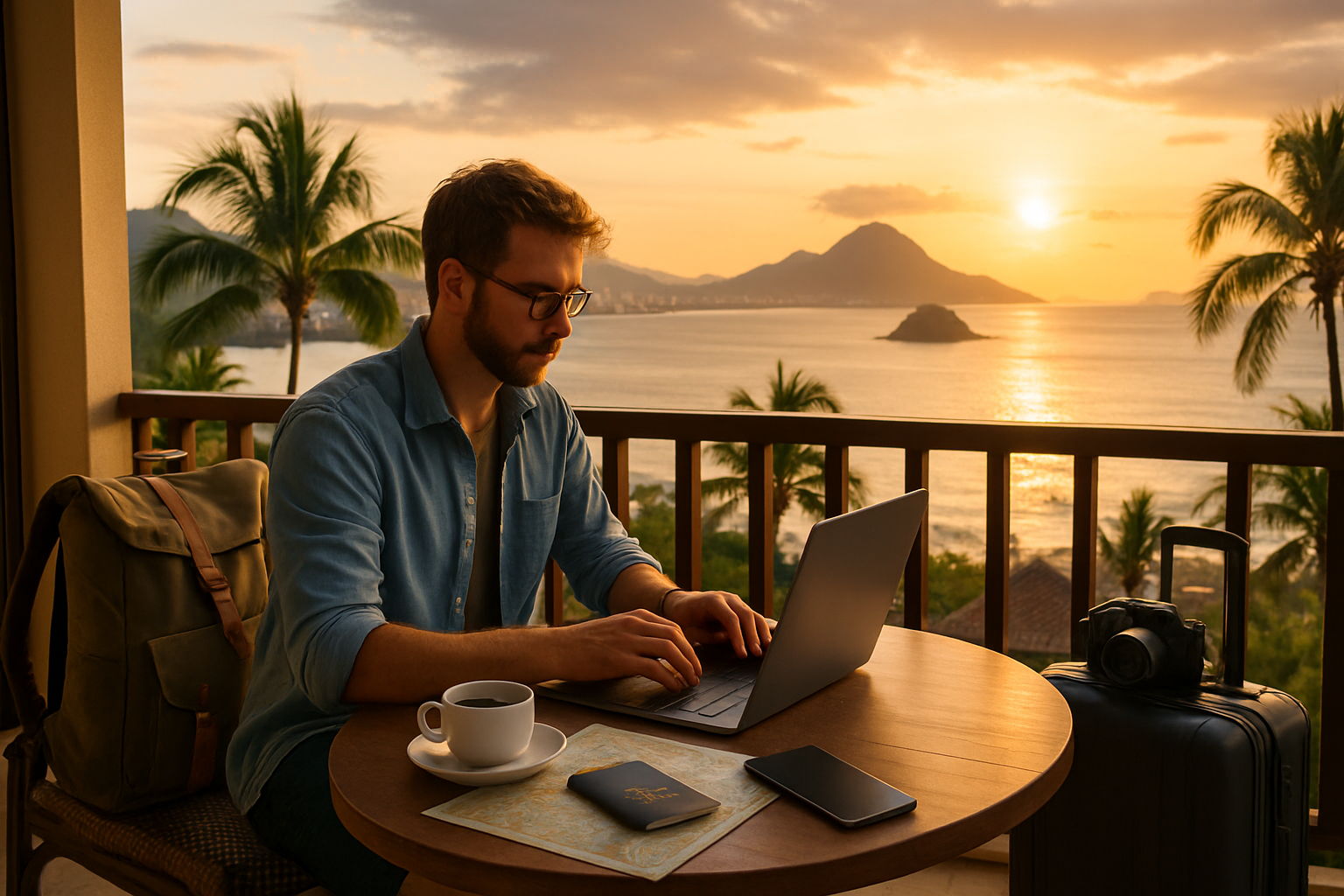Waterproof Phone Pouch Explained For Everyday Use
A waterproof phone pouch is a simple cover that helps keep your phone dry when you are near water. It is made from clear material so you can still see and use the screen while keeping it protected from splashes. These pouches come in different shapes and sizes, often with an easy seal at the top. In this article, you will learn what a waterproof phone pouch is, the main types you can find, and how it is used for activities like swimming, boating, or just relaxing by the pool. This guide makes it easy to see why many people keep one for trips and outdoor fun.

What Is a Waterproof Phone Pouch?
A waterproof phone pouch is a protective case designed to shield smartphones from water exposure while maintaining usability. Unlike standard phone cases, these pouches create a completely sealed environment that prevents water, sand, dust, and other elements from reaching the device. Most waterproof phone pouches feature clear windows on both sides, allowing users to take photos, videos, and operate the touchscreen while the device remains safely enclosed. The pouches typically use a combination of PVC, TPU (thermoplastic polyurethane), or similar materials that remain flexible while creating an impermeable barrier against moisture.
Modern waterproof phone pouches include features like certified water resistance ratings (such as IPX8), secure locking mechanisms, and floating capabilities. Many designs also incorporate lanyards or straps for convenient carrying during activities. These pouches accommodate phones of various sizes and models, making them versatile protection options for virtually any smartphone user concerned about water damage.
Benefits of Using a Waterproof Phone Case
Waterproof phone cases provide protection that extends well beyond casual splashes. The primary benefit is comprehensive water damage prevention—the leading cause of smartphone repairs worldwide. Whether accidentally dropping your phone in a puddle or intentionally taking underwater photos, a quality waterproof case creates a reliable barrier between your device and potentially damaging moisture.
Beyond water protection, these cases offer additional practical advantages. Many waterproof phone cases protect against sand, dust, and dirt, making them ideal for beach trips and outdoor activities. The clear touch-sensitive windows allow users to continue using their phones normally, including taking photos, videos, and answering calls without removing the device from protection. This functionality transforms standard smartphones into action cameras capable of capturing underwater moments without specialized equipment.
For travelers and outdoor enthusiasts, waterproof cases provide peace of mind against unexpected weather conditions, accidental drops in water, and environmental hazards that could otherwise damage expensive devices. Many users appreciate the versatility of being able to temporarily waterproof their everyday phone rather than purchasing a dedicated waterproof device.
How to Choose the Right Waterproof Phone Holder
Selecting the appropriate waterproof phone holder requires consideration of several key factors. First, verify the water resistance rating—IPX8 certification indicates protection in water depths beyond 1 meter, making it suitable for swimming and snorkeling. IPX7 offers protection up to 1 meter for 30 minutes, while lower ratings provide progressively less protection.
Size compatibility is essential, as the pouch must accommodate your specific phone model with enough room for proper sealing. Universal designs often feature adjustable closures to fit various phone sizes, while model-specific cases offer more tailored protection. Consider the locking mechanism carefully—quality pouches typically use multiple sealing points with secure closures like zip locks or clamp systems to create reliable water barriers.
Additional features worth considering include floating capability (preventing phones from sinking), lanyard attachments for secure carrying, and material durability. For photography enthusiasts, lens clarity is crucial—premium pouches use high-transparency materials that don’t significantly impact photo and video quality. If you plan to use your phone extensively while it’s protected, evaluate the touch sensitivity of the case material, as lower-quality options may impede normal touchscreen operation.
Best Uses for Phone Pouches for Swimming
Phone pouches designed for swimming serve multiple practical purposes beyond basic protection. Swimmers and aquatic enthusiasts can capture underwater photographs and videos without specialized equipment, making them popular choices for vacation destinations like beaches, lakes, and pools. The waterproof seal typically allows functionality up to depths of 30 meters, though actual performance may vary by manufacturer specifications.
Fitness trackers benefit from waterproof pouches during swimming workouts, allowing users to track laps, monitor heart rates, and follow aquatic exercise routines without removing their devices. For parents supervising children at water parks or beaches, having a protected phone provides safety and communication benefits while preventing damage from inevitable splashes.
Water sports enthusiasts find these pouches particularly valuable for kayaking, paddleboarding, and sailing, where the risk of water exposure is constant. Many swimmers and aquatic professionals use waterproof pouches to listen to music or podcasts through Bluetooth headphones during workouts, with the added protection ensuring devices remain functional despite water exposure.
Comparing Different Types of Waterproof Phone Bags
The market offers several distinct categories of waterproof phone protection, each with unique characteristics suitable for different use cases and levels of water exposure. Understanding these differences helps consumers select appropriate protection for their specific needs.
| Product Type | Protection Level | Best For | Price Range | Notable Features |
|---|---|---|---|---|
| Universal Waterproof Pouches | IPX8 (submersible) | Swimming, beach trips | $10-$25 | Fits multiple phone sizes, often floating |
| Heavy-Duty Waterproof Cases | IP68 (dust/water resistant) | Extreme sports, diving | $30-$80 | Shock protection, deeper water resistance |
| Slim Waterproof Sleeves | IPX7 (temporary submersion) | Light water exposure | $15-$30 | Minimal bulk, better touch sensitivity |
| Floatable Waterproof Bags | IPX8 with floating | Boating, water sports | $20-$40 | Brightly colored, built-in air cushions |
| Activity-Specific Cases | Varies by design | Specific sports (surfing, etc.) | $25-$60 | Sport-specific mounting options |
Prices, rates, or cost estimates mentioned in this article are based on the latest available information but may change over time. Independent research is advised before making financial decisions.
Standard universal pouches offer flexibility across device types with straightforward sealing mechanisms and generally transparent materials for continued usability. Heavy-duty cases provide comprehensive protection for extreme environments but add considerable bulk. Slim waterproof sleeves prioritize minimal profile and appearance while maintaining basic water resistance. Floating designs incorporate buoyancy features to prevent phones from sinking if dropped in water, while activity-specific models include specialized attachments for particular sports or activities.
Proper Care and Maintenance of Waterproof Phone Pouches
Maintaining waterproof phone pouches ensures their continued effectiveness and longevity. Before each use, perform a simple test by placing tissue paper inside the sealed pouch and submerging it briefly in water to check for any leaks or seal failures. This preventive measure can save your device from damage caused by deteriorating seals or material degradation.
Regular cleaning helps preserve the waterproof integrity of these accessories. Rinse the pouch with fresh water after exposure to salt water, chlorine, or sand to prevent material degradation. Allow the pouch to dry completely before storage to prevent mold or mildew development. When cleaning, avoid harsh chemicals or abrasive materials that might damage the transparent surfaces or compromise the waterproof seals.
Storage practices significantly impact longevity—store pouches flat rather than folded to prevent permanent creases in the sealing areas. Keep them away from direct sunlight and extreme temperatures when not in use, as UV exposure and heat can degrade the waterproof materials over time. Most manufacturers recommend replacing waterproof pouches annually with regular use, as the sealing mechanisms naturally deteriorate with repeated opening and closing, potentially compromising their protective capabilities.




